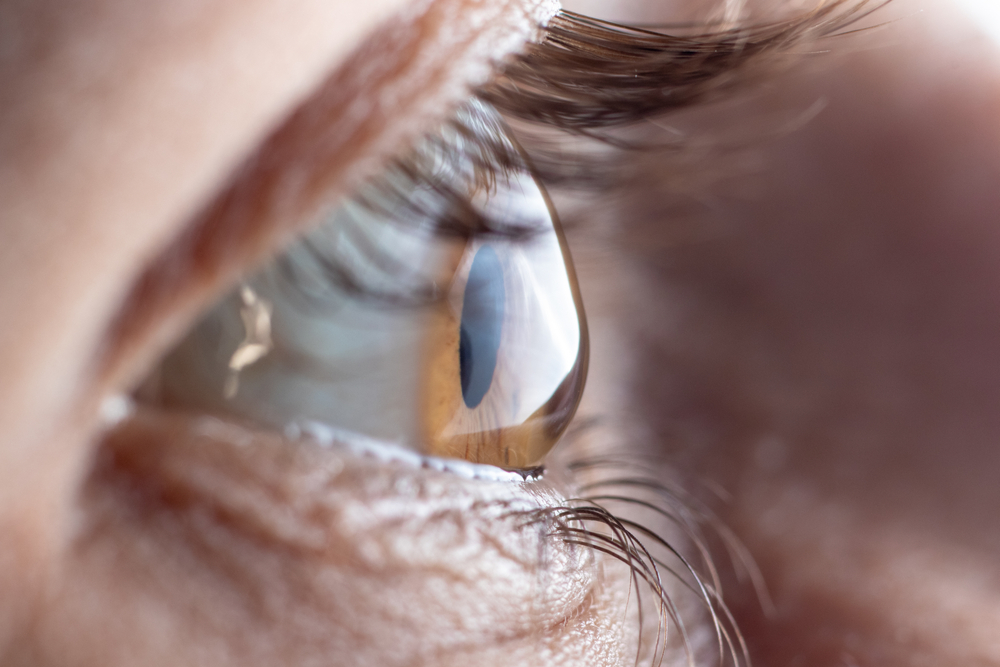Request An AppointmentRequest An AppointmentRequest An AppointmentRequest An AppointmentRequest An Appointment

Keratoconus is an eye condition that affects the shape and functioning of the cornea. The cornea, the clear, dome-shaped front surface of the eye, in a keratoconus condition, gradually thins and bulges into a cone-like shape. This distortion leads to blurry vision and may cause light sensitivity.
What Causes Keratoconus?
The exact cause of keratoconus remains a mystery to the medical world. However, it's known to be a progressive disease, usually developing in one's late teens or early twenties. Genetic factors, environmental factors, or a combination of both are believed to contribute to this eye condition. The distortion of the cornea affects the way light enters the eye, making it difficult for the eye to focus, thus impairing vision.
It's important to note that keratoconus can progress at different rates, and the speed at which it does can vary between individuals. For some people, the progression might stop after a certain point, while for others, it might continue to worsen over time.
Symptoms of Keratoconus
Keratoconus presents various symptoms, which primarily revolve around vision. One of the initial symptoms is a slight blurring or distortion of vision. You might notice a subtle change in the way you see things, almost as if your glasses or contact lenses aren't working as well as they used to. This distortion is a result of the cornea's shape changing.
As keratoconus progresses, the symptoms become more pronounced. The vision becomes increasingly distorted, and you might start seeing 'ghost' images, where one object appears to be several when in reality, it's just one. You might also experience increased sensitivity to light, making it difficult to drive at night or stare at a bright screen.
Another symptom of keratoconus is frequent changes in eyeglass prescriptions. If you find yourself needing a new prescription more often than usual, it could be a sign of progressing keratoconus.
Diagnosing Keratoconus
When it comes to diagnosing keratoconus, an optometrist plays a vital role. The diagnosis is usually made through a comprehensive eye exam. The optometrist will check your vision and examine your cornea's shape using a slit-lamp microscope.
An optometrist may also perform corneal mapping. This is a detailed mapping of the curvature of the cornea, which can help detect keratoconus in its early stages. The optometrist might also use an instrument called a keratometer to measure the cornea's curvature.
The role of the optometrist doesn't end with the diagnosis. They are also responsible for managing the condition. They will guide you through the various treatment options for keratoconus, helping you choose the right one based on the severity of your condition, your lifestyle, and your personal preferences.
Non-surgical Treatment Options
Gas-permeable contact lenses, hybrid contact lenses, and scleral lenses are among the non-surgical treatment options for keratoconus. Gas-permeable contact lenses are rigid and maintain their shape, thereby offering a smooth and clear path for light to enter the eye. They can provide excellent vision and can be custom-made to fit your eye.
Hybrid contact lenses, on the other hand, combine the features of gas-permeable and soft lenses. They have a rigid centre to correct vision, surrounded by a soft skirt that provides comfort.
Scleral lenses are larger than standard lenses and cover a larger portion of the eye, including the sclera, the white part of the eye. They provide a smooth optical surface and are often more comfortable than standard gas-permeable lenses.
Surgical Treatment Options
When non-surgical treatment options are not sufficient, surgical treatment might be necessary. Corneal cross-linking is a procedure that strengthens the corneal tissue to halt the progression of keratoconus. It involves applying a vitamin B solution to the eye and using UV light to strengthen the cornea.
Conclusion
Understanding the condition, knowing its symptoms, and getting a timely diagnosis are crucial steps in managing keratoconus. With the various treatment options available, from gas-permeable contact lenses to corneal cross-linking, you can maintain a good quality of life despite keratoconus. Your optometrist is your ally in this journey, providing guidance and support every step of the way.
To learn more about keratoconus and treatment options, visit Eyediology Vision at our office in Providence, Rhode Island. Call (401) 903-4100 to schedule an appointment today.














